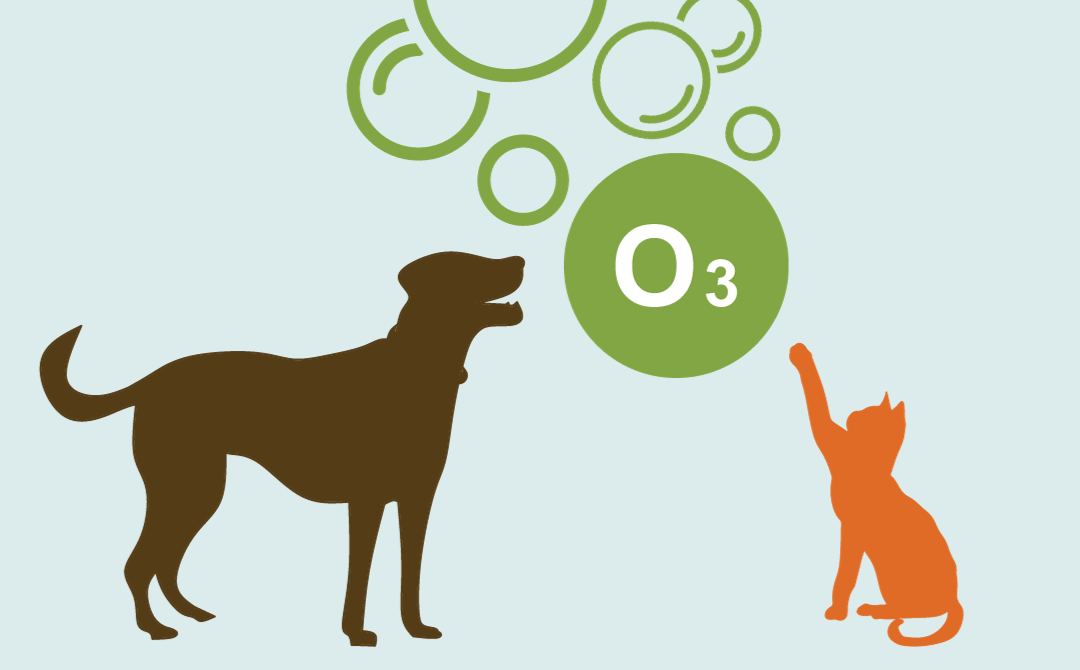Ozone has three oxygen atoms compared to the oxygen we breathe which has two atoms. It’s the three atoms/ozone/O3 that provides the healing properties by being able to penetrate into the cells before breaking down into oxygen. Medical grade ozone is generated by adding a spark to medical grade oxygen with a special machine to disrupt the O2 into dropping an atom into O1 atoms. Some will join into O3 or Ozone. (This is what happens with lightning and there is the obvious smell of ozone.) The ozone particles then bind with lipids and amino acids and then are called Ozonides. They are more able to pass through the cell’s membranes to help utilize oxygen and then improve energy production. Ozonides are stable and can last for days to weeks. This is what helps the body to heal. Ozone itself is very unstable and must be administered quickly and made fresh with each treatment.
Medical ozone is administered in many ways. One of the most common methods is by rectal insufflation with a catheter. It’s very quick and does not require any sedation. It can also be administered mixed with saline or blood under the skin or into the vein, applied topically to wounds and can also be injected into acupuncture points. It is very irritating to the lungs so it is not given directly via a gas.
Ozone can help with cardiac disease, osteoarthritis, gut inflammation, pancreatitis, bladder infections, kidney disease, liver disease and non-healing wounds. It can be administered with saline into ears for chronic infections and can be helpful for healing injuries after surgery. Ozone can slow cancer growth, has antioxidant effects and increases superoxide dismutase which can be helpful for degenerative myelopathy. It has antibacterial, antifungal and antiviral effects. Basically, it can help with any inflammatory process. It also creates a feeling of wellness and sometimes euphoria by stimulating the neuroendocrine system.
Ozone is very safe and can be combined with other treatments such as herbal medicine. Feel free to ask us if your pet can benefit from ozone therapy!

